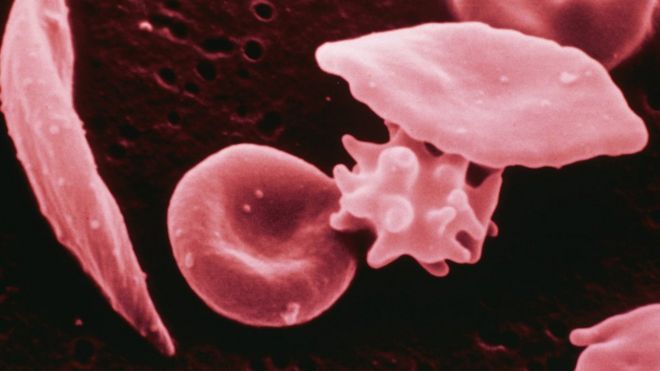WHO reports almost a thousand cases of the yellow fever, and 30 million given the vaccine to stop the epidemic
in Angola
Mass vaccination is the key focus of the response strategy to control the yellow fever outbreak and prevent international spread. As of today, Angola has vaccinated 13 million people, representing 52% of its population against yellow fever, covering 51 municipalities of 11 provinces.
Commendable progress has been made in tackling this outbreak. However, the next rainy season expected for September usually leads to an increase in the number of mosquitoes that could result in new cases
there was a race to get enough vaccine: A lot of countries sent their supplies to these countries and drug companies worked furiously to make enough doses to stop the epidemic,.. and right now there are no new cases reported in that area of Africa.
But a few cases were found in those who reported getting the vaccine.
CDC analysis of a small group of those diagnosed with yellow fever here.
Among 2,907 suspected cases of yellow fever, 459 (16%) patients had documentation of receipt of yellow fever vaccine.
this is good news: It means most people who got it didn't get the vaccine
376 (82%) (of the 459) also had documented RT-PCR results, but only 51 (14%) had positive RT-PCR test results
This means most of those who got the disease after the shot did not get any immune response from the vaccine, and that is why they got sick.
This happens with any vaccine: ten to 20 percent of people have sluggish immune systems, often due to chronic disease and/or malnutrition.
but what about those 51 who got the vaccine, got an immune response to it, but got sick anyway?
Among the 51 patients who received positive RT-PCR test results, symptom onset occurred after vaccination in 32 (63%).
Among the remaining 19, five were excluded because they had not been vaccinated, eight because their symptoms preceded vaccination, and six because they had no documented vaccination date.
so maybe they didn't get the vaccine after all, or were already sick with the disease when they got the shot.
Among the 32 patients who received positive RT-PCR test results after vaccination, 24 (75%) were male, the mean age was 20 years (standard deviation = 12 years), and 13 (41%) died.
this is the usual death rate.
why young males? Maybe because they were more likely to be exposed to mosquitos?
Eighteen (56%) received positive test results for yellow fever viral RNA after postvaccination day 13, and 11 (34%) received positive test results during days 0–13; the sample collection date was missing for three patients. Symptom onset occurred during postvaccination days 0–10 in 17 (53%) patients, and after day 10 in 15 (47%). Distribution of vaccination dates was uniform, implying no clustering by date. Information about location of vaccination was not available to assess clustering by place.
so most of those who got yellow fever after the vaccine were already infected, or got infected shortly after the shot.
In some cases, there was no immune response
In a few, there was an immune response but they got the disease anyway.
what they are worried about is the 32 they sifted out that could have "caught" yellow fever from the vaccine, or if they already had it.
DNA testing will show if it is a wild sttrain (i.e. from local epidemic) or if the vaccine virus mutated into full strength. But this has not been done yet and will probably be in a report in the near futuer.
Live weakened viruses are used for some diseases, and they sometimes mutate back. This is a major problem with Polio, where a half dozen cases of people (usually in contact with a kid who got the oral vaccine) would catch the stronger polio the old fashioned way (via the usual finger/feces/water route).
not in this paper: there is a lot of HIV and other infections that cause a weakened immune system in that area of Africa.
also not in the paper: If some of the cases were given smaller than usual dosages (
something done if there were shortages).
People with HIV are encoraged to get the inactivated vaccines, but
cautioned about the live vaccines for this reason.
HIV interferes with some types of immune response , but malnutrition and chronic disease also interfere with the immune response.
but not everyone who gets sick develops the entire syndrome, so actual cases might be higher. From
the WHO:
Once contracted, the yellow fever virus incubates in the body for 3 to 6 days. Many people do not experience symptoms, but when these do occur, the most common are fever, muscle pain with prominent backache, headache, loss of appetite, and nausea or vomiting. In most cases, symptoms disappear after 3 to 4 days.A small percentage of patients, however, enter a second, more toxic phase within 24 hours of recovering from initial symptoms. High fever returns and several body systems are affected, usually the liver and the kidneys. In this phase people are likely to develop jaundice (yellowing of the skin and eyes, hence the name ‘yellow fever’), dark urine and abdominal pain with vomiting. Bleeding can occur from the mouth, nose, eyes or stomach. Half of the patients who enter the toxic phase die within 7 - 10 days.
